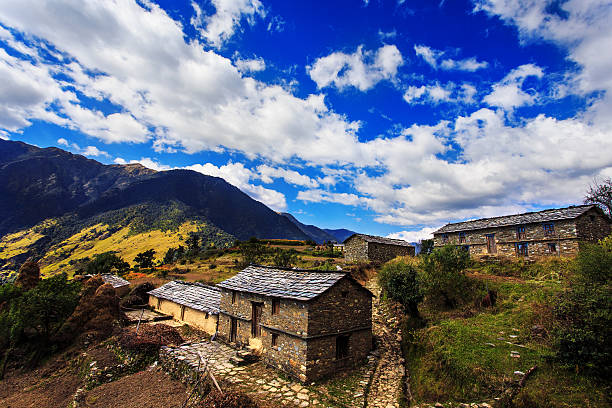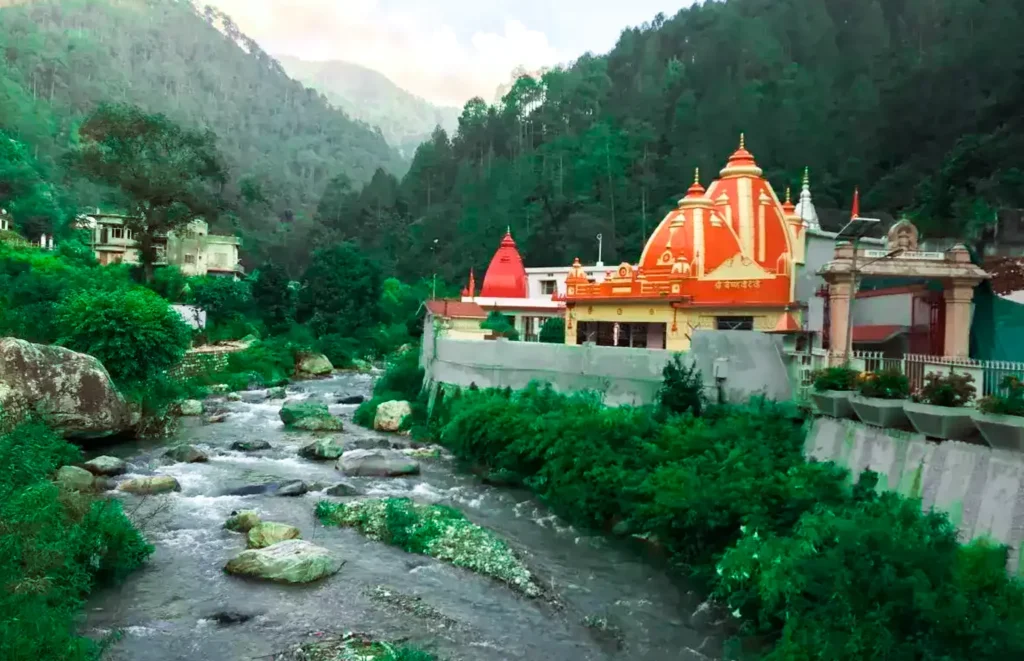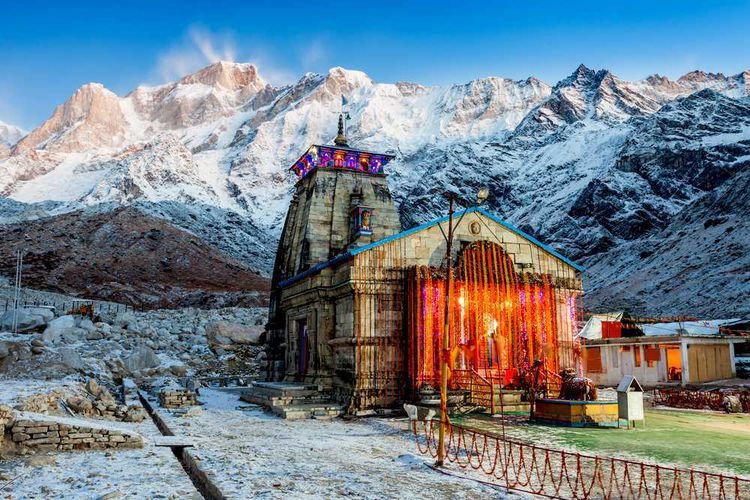Mythological Heritage of Uttarakhand
Uttarakhand, widely referred to as “Devbhumi” or the “Uttarakhand God’s Land,” is located in northern India, and it holds immense spiritual and mythological significance. To begin with, its religious heritage runs deep, and in addition to its spiritual importance, the state’s myths are intricately woven into ancient Hindu scriptures, local legends, and the dramatic geography of the Himalayas. As a consequence, this connection ultimately results in a vibrant and rich cultural tapestry. Moreover, the region’s unique blend of divine narratives and natural beauty greatly elevates its appeal. Thus, it becomes not only a sacred place of worship but also a remarkable destination for spiritual seekers, adventure enthusiasts, and those drawn to mythology alike. In particular, these diverse elements seamlessly combine to create an atmosphere of deep reverence, serenity, and spiritual charm, offering something truly special to every visitor, regardless of their background or beliefs.

Vedic and Puranic Connections of Uttarakhand God’s Land
Ancient Hindu texts refer to the Garhwal region as Kedarkhand and the Kumaon region as Manaskhand. In addition to referencing its regional names, these texts also frequently highlight Uttarakhand as the dwelling place of numerous gods and goddesses. Furthermore, they consistently underscore the divine presence in the region, emphasizing its spiritual depth and sacred geography. As a result, they contribute to the understanding of Uttarakhand as not just a physical space, but a spiritually charged realm. In fact, such references throughout the scriptures continue to affirm the state’s unmatched religious importance. Consequently, they help establish Uttarakhand’s enduring place within the broader framework of Hindu mythology and tradition.
Shiva and Parvati dominate much of Uttarakhand’s mythological landscape. At Triyuginarayan Temple, believers say Shiva married Parvati. Kedarnath, one of the twelve Jyotirlingas of Shiva, marks a sacred site where the Pandavas sought his forgiveness.
Goddess worship holds equal importance. Nanda Devi, the revered guardian deity, symbolizes prosperity and protection. Her worship culminates in the Nanda Devi Raj Jat Yatra, a major pilgrimage that winds through the high Himalayas. The rivers Ganga and Yamuna, worshipped as goddesses, add to the sacredness of the land.
Locals also worship regional deities. Golu Devta, the godof justice in Kumaon, attracts thousands of devotees who leave written petitions at his temples.

Sacred Sites and Pilgrimages
https://manish-bahuguna.dmlearning.in/wp-admin/post.php?post=1725&action=edit
Pilgrims flock to Uttarakhand’s revered shrines and holy towns. The Char Dham Yatra—comprising Yamunotri, Gangotri, Kedarnath, and Badrinath—stands as one of Hinduism’s most significant journeys. Meanwhile, Haridwar and Rishikesh, both situated on the banks of the Ganges, serve as centers of spiritual learning and devotion. These places don’t just offer worship—they carry forward stories and symbols that enhance their sacred value.

Folklore and Oral Traditions
Oral traditions keep Uttarakhand’s mythology alive. Locals pass down myths through folk tales, songs, and ritual performances. These stories, often featuring gods, spirits, demons, and mythical beings, explain natural phenomena and teach moral values. The Jagar tradition—where singers invoke deities and ancestral spirits through music and trance—blends storytelling with spirituality in a powerful cultural expression.

Cultural Influence of Uttarakhand God’s Land
Mythology deeply shapes everyday life in Uttarakhand. Locals incorporate myths into festivals, ceremonies, and daily rituals. Traditional performances frequently reenact these legends, ensuring their transmission across generations. The reverence for mountains, rivers, and forests—so apparent in local customs—stems from these stories, which teach respect for nature as divine.
